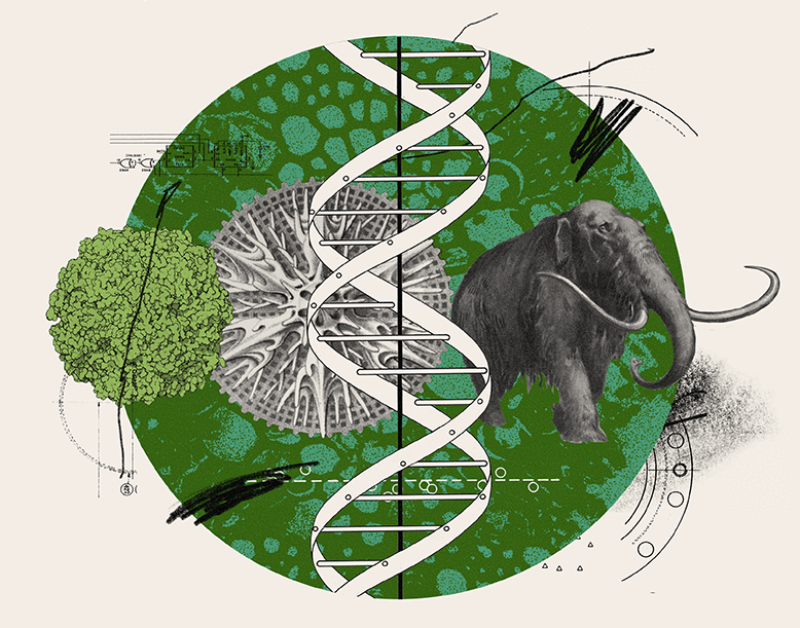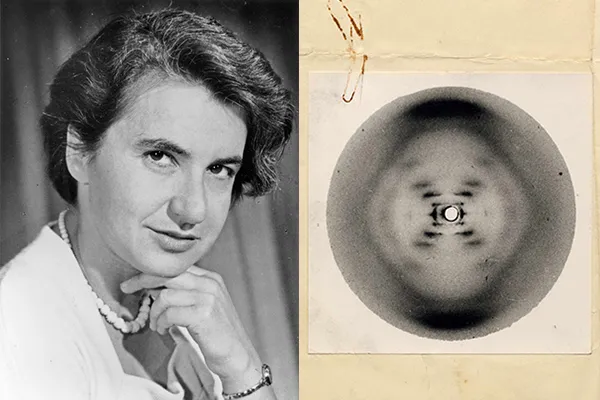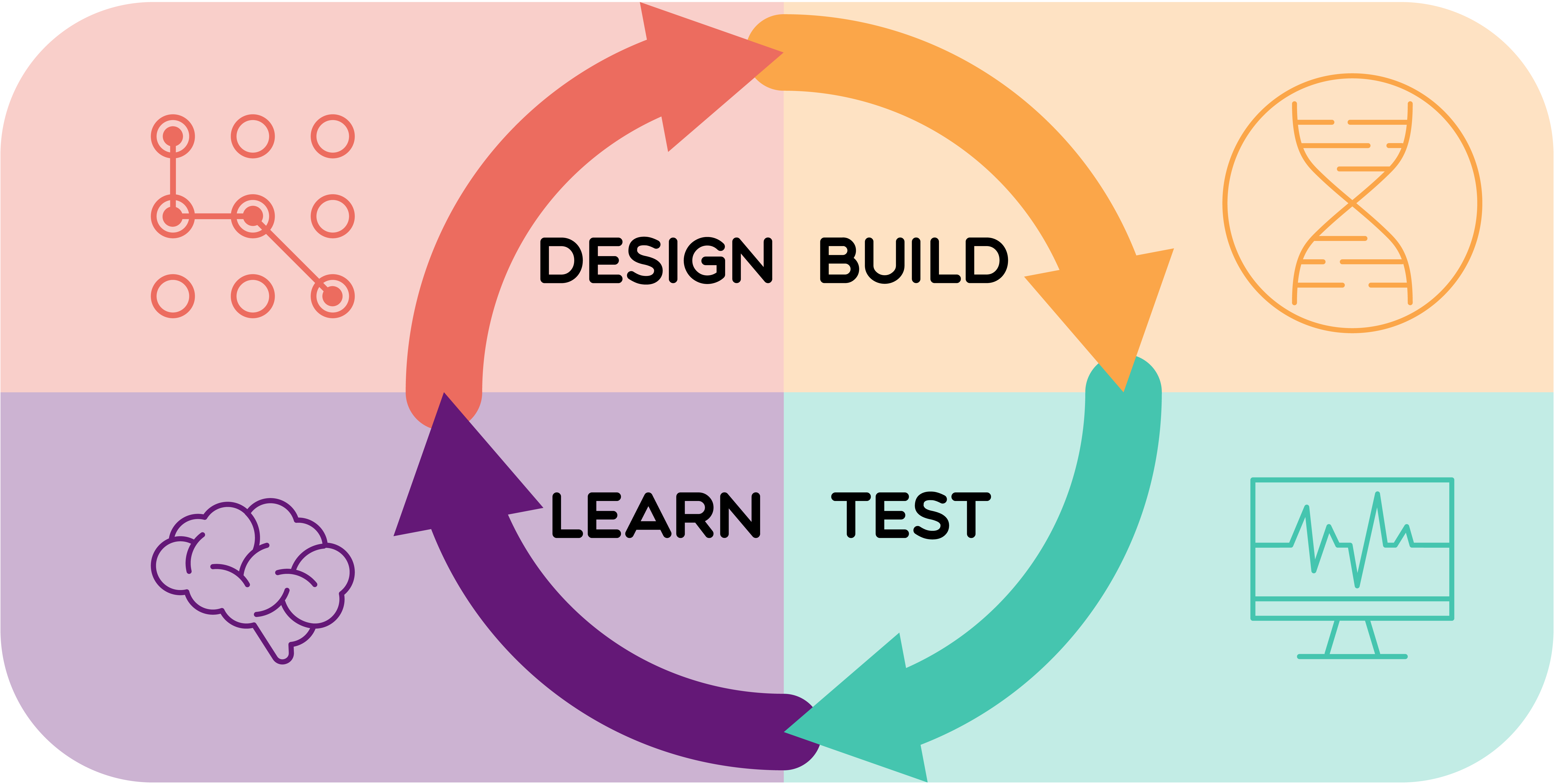Engineering with the Building Blocks of Life
By Alexandra | June 5, 2023
Written by Pedro Lovatt Garcia, PhD candidate at Imperial College London and Life Sciences Investor @ Creator Fund
Synthetic Biology (SynBio) is a field of science that combines principles from engineering and biology to design and create new biological systems with useful functions. Its foundations are rooted in the history of molecular biology. Think cells, proteins, and most fundamentally, the DNA double helix. It studies the instructions that create and control living organisms.
Enabling technologies for the field, such as DNA sequencing, emerged in the second half of the 20th century, culminating in one of the crowning achievements of modern science — the human genome project. SynBio uses these developments to treat biology as something that can be designed and modified just like any other form of technology.

Biologists as Engineers
At the turn of the millennium, early synthetic biologists created combinations of DNA ‘parts’ that resembled components and systems from electronic circuits. These showed that humans could use genetic engineering techniques to ‘program’ biology the same way we can program machines in manufacturing or consumer electronics.
The key framework for understanding the SynBio process is DBTL: Design, Built, Test, Learn.
The DBTL cycle matters for several reasons. It enables researchers to quickly iterate through designs based on experimental results. They can improve performance by facilitating the systematic identification of design issues. Lastly, it supports design optimisation by incorporating feedback from testing and learning.
It is also a helpful framework for investors looking to back SynBio startups. Companies typically build solutions for one of the DBTL steps, or some use the entire DBTL cycle to deliver entirely new products or services. It helps explain what we’re excited by in the space:

The Information Layer | Learn and Design
DNA synthesis and sequencing is the critical “Information Layer” of Synthetic Bio. It is the foundation of the “Design” and “Learn”. The explosion of Synthetic Biology has been a rising tide for DNA sequencing. Biotechnology companies depend on this service to build their own products.
“Design and Learn” startups are essentially platforms that other SynBio companies will build on top of. An example of this is Caeruleus in Oxford.
Long-read sequencing has revolutionised the field of genomics, allowing researchers to study complex biological systems in unprecedented detail, enabling the identification of structural variants, alternative splicing events, and other important genomic features that were previously inaccessible. Traditionally, long-read sequencing has been performed on a limited number of cells due to the high cost and error rates associated with the technology.
Caeruleus has built a platform to provide long-read sequencing for high numbers of cells, with lower cost and error rates. By sequencing many cells, researchers can generate a more comprehensive picture of biological systems, enabling the identification of cell-specific genomic features and pathways within the wider context of a disease. This will enable more widespread adoption of long-read sequencing, leading to new discoveries and advances in the related fields of genomics, medicine, and biotechnology.

Bringing diverse thinkers into biology
Universities are unique incubators for synthetic biologists. Increasingly, founders team up with experts in entirely different fields and bring that innovation into biology. These are the founders that get us most excited: when a synthetic biologist teams up with a semiconductor designer or a neuroscientist. These teams fuse technical brilliance from different worlds; they bring outsiders into biology who see the same old challenges in a new way.
One exciting area of exploration is the integration of synthetic biology with nanotechnology. Nanoscale devices and materials can be engineered to interact with biological systems, enabling precise control and manipulation at the molecular level. For example, nanosensors could be developed to detect and monitor specific molecules or biomarkers within living organisms. This interdisciplinary approach can lead to novel diagnostic tools, targeted drug delivery systems, and efficient bioengineering processes that could change the face of many industries.
Another exciting intersection exists between SynBio and Artificial Intelligence (AI). This marriage allows researchers to analyse vast amounts of previously inaccessible biological data, predict the behaviour of engineered organisms, and identify optimal genetic designs. This ability to rapidly explore and iterate through design spaces will enable scientists to tackle complex biological challenges more effectively, accelerating the development of novel drugs, sustainable bio-manufacturing processes, and personalised therapeutics. It can facilitate the integration of diverse biological datasets, allowing for deeper insights into complex biological networks and enabling the identification of novel targets and pathways. With the power of AI, synthetic biology can unlock its full potential to revolutionise industries, improve human health, and drive sustainable solutions for a better future.
"Nanosensors could be developed to detect and monitor specific molecules or biomarkers within living organisms"
Pedro Lovatt Garcia
The Ethical Dilemmas when Designing Life
There are emerging moral dilemmas as companies develop tools for editing the human genome or implementing technologies such as gene drives. These DNA devices are a way of inserting a genome-editing system into a genome, whereby in a small number of generations you could spread this genetic change through an entire species. It’s being researched for controlling mosquito populations, but experts and regulators are still unsure of whether the potential benefits outweigh the potential risks.
The field of organoid intelligence explores the fascinating potential of organoids, which are miniature three-dimensional tissue structures derived from human stem cells, to exhibit rudimentary forms of intelligence. By mimicking the complexity and functionality of human organs, researchers have been able to observe emergent behaviours in organoids, such as pattern recognition and simple decision-making. The pursuit of organoid intelligence also raises several ethical considerations; one of the main concerns is the potential for consciousness or sentient-like experiences in these organoids. If organoids were to exhibit any form of consciousness, ethical questions about their treatment and moral status would arise. Additionally, the creation and manipulation of organoids for research purposes raise issues of informed consent, the boundaries of experimentation, and the responsible use of emerging technologies.
As investors and founders engineer the building blocks of life, it will be these ethical questions that come into ever sharper focus.

Pedro Lovatt Garcia is a PhD in Synthetic Biology at Imperial College London. His studies focus on the interface between synthetic biology with high-throughput spectroscopy and machine learning. He is a member of the Creator Fund Life Science team.